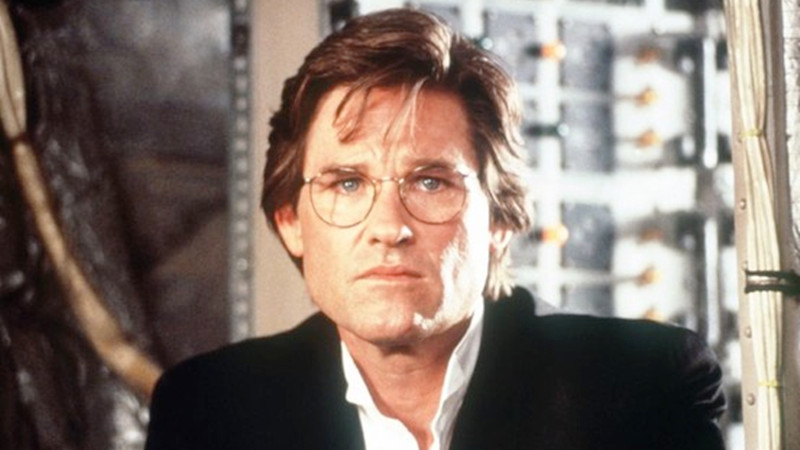
“Thrillers provide the reader with a safe escape into a dangerous world, where the stakes are as high as can be imagined, with unpredictable outcomes. It’s a perfect genre in which to explore hard issues of good and evil, a mirror that allows the reader to see both the good and not so good in themselves.” — Ted Dekker.
Although the thriller genre is a fan favourite, nowadays, with so many extant in cinema and literary history, lots of them seem boringly interchangeable. Roger Ebert wrote: “many thrillers follow such reliable formulas that you can look at what’s happening and guess how much longer a film has to run.”
Sometimes, one watches a thriller for a familiar, predictable story to satisfy genre conventions. Others, audiences are thirsty for something both familiar and yet new: a thriller that charts fresh territory. This list will attempt to provide recommendations of both iterations of the popular genre.
1. Shoot to Kill (1988)
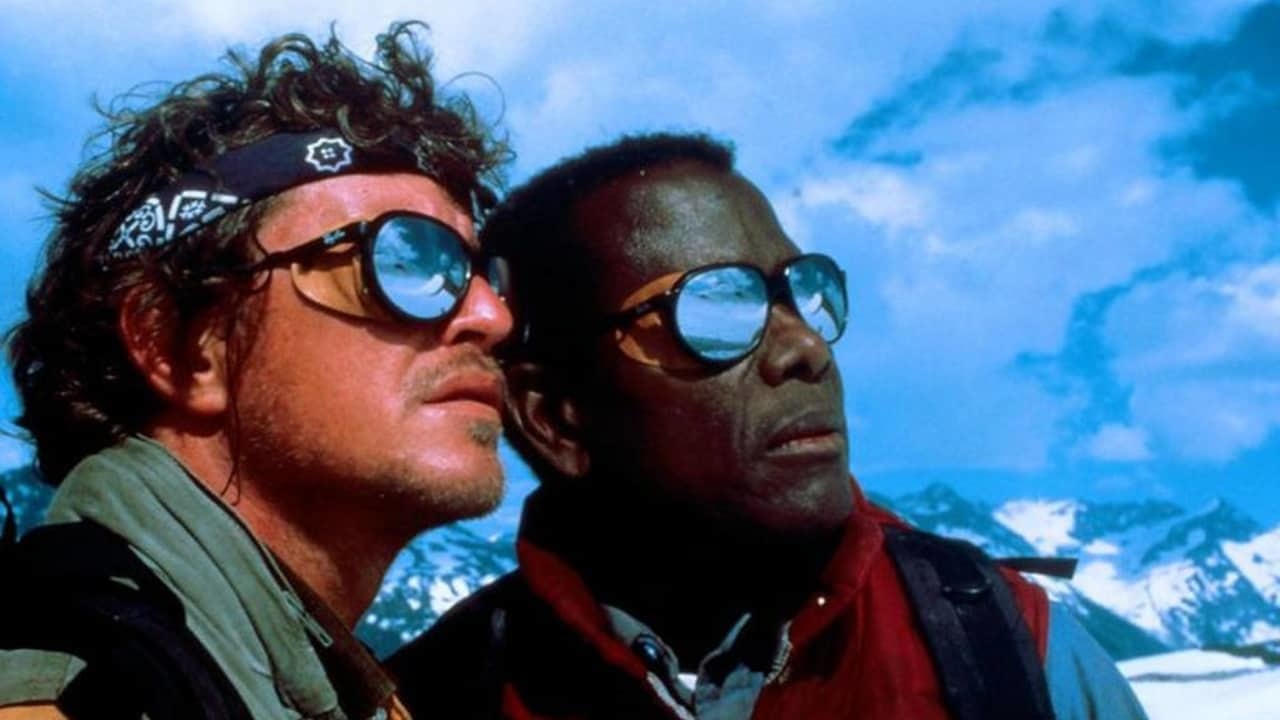
With the help of a wilderness guide (Tom Berenger), FBI agent Warren Stantin (Sidney Poitier) chases a murderous extortionist (Clancy Brown) across the wilderness of the Pacific Northwest.
Blending the buddy cop sub-genre with a survival thriller, Shoot to Kill marked Sidney Poitier’s return to cinema after a nine-year absence. As usual, the screen legend lends his confidence, seriousness and dignity, making for an intense and mesmerising lead. An example of in medias res, Shoot to Kill’s beginning dives straight into tension and action. It respects and entertains thriller fans with its fast pace, and lean screenplay and focused direction from Roger Spottiswoode.
At the same time, Shoot to Kill’s especial talent lies in its aptitude for prolonging the nail-biting suspense sequences, be it a hostage situation or hanging off the side of a cliff. Furthermore, the crisp action sequences are choreographed with clarity and precision. These span car chases, shootouts in crowded public places and an impressively executed altercation with a bear. Shoot to Kill currently holds a 100% approval rating on Rotten Tomatoes.
2. Malice (1993)
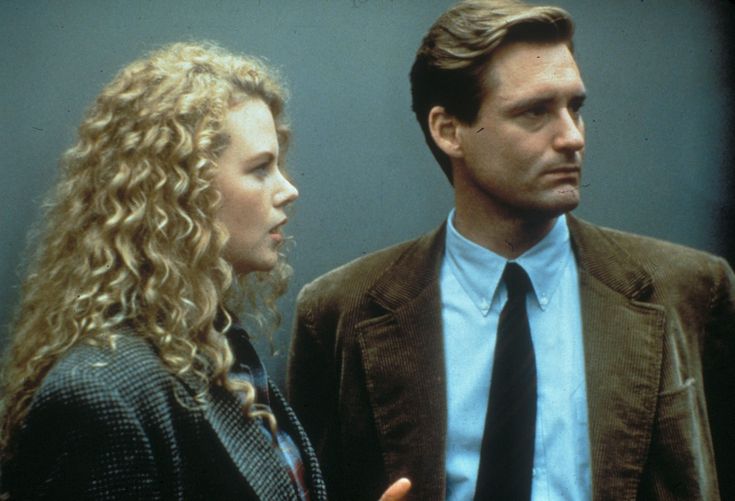
In Massachusetts, Tracy (Nicole Kidman) and Andy (Bill Pullman) rent a room in their house to surgeon Jed (Alec Baldwin). After Jed performs a surgery on Tracy, Andy begins to uncover her secret.
Malice belongs to a trend of late-eighties, early-nineties erotic and ‘yuppies in peril’ thrillers. Examples of the latter sub-genre include: Unlawful Entry (1992) and The Hand That Rocks the Cradle (1992). Aaron Sorkin’s screenplay seemingly borrows from both these movies and is overflowing with red herrings and unexpected twists. This makes for a tantalising mystery for the audience to unravel, where the truth is the opposite of the appearance they are led to believe at the movie’s start.
All the main characters are brought to life by memorable performances. Bill Pullman is gentle and sympathetic, while Nicole Kidman is dextrously slippery, toying with the audience’s allegiance. Meanwhile, Malice’s greatest acting comes from Alec Baldwin. He mutates the overly confident yuppie persona he perfected in Glengarry Glen Ross (1992) into an inscrutable, terrifying villain.
3. Executive Decision (1996)
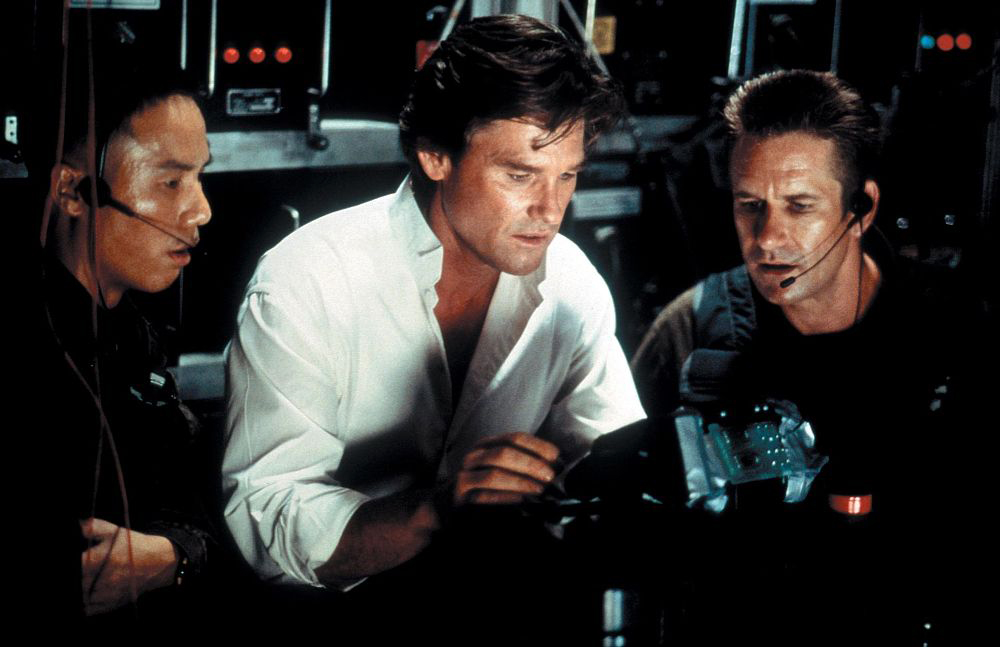
Terrorists hijack a plane bound for Washington D.C. A special ops team sneaks aboard to save the passengers.
Although formulaic, the underrated Executive Decision excels as a top-tier hostage thriller, comparable to The Delta Force (1986) and Air Force One (1997). Everything about Executive Decision is proficiently constructed and keeps the audience engaged: Jim and John Thomas’s logical, high stakes, tension-swelling screenplay, Stuart Baird’s professional direction and Jerry Goldsmith’s appropriately doom-invoking orchestral score.
However, Executive Decision’s standout feature is the great performances from its stellar cast, consisting of: Kurt Russell, John Leguizamo, Halle Berry, J.T. Walsh and Scrubs ’Ken Jenkins. David Suchet, known for his portrayal of Poirot (1989-2020) on UK television, distinguishes himself as a memorably frightening and clever villain, even learning Arabic in preparation for his role. The scenario presciently foreshadows 9/11 and the US’s war on terror, which would dominate the 2000s and beyond.
4. A Perfect Murder (1998)
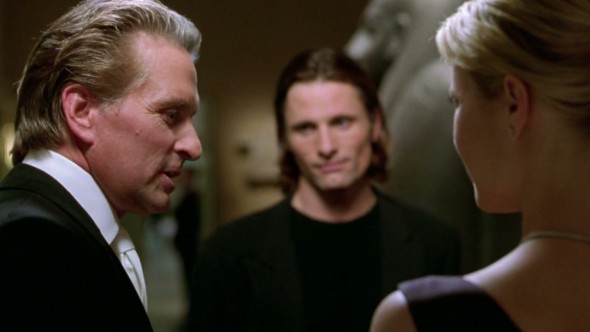
Wall Street mogul Steven (Michael Douglas) discovers his wife Emily (Gwyneth Paltrow) is having an affair with painter David (Viggo Mortensen). To collect his wife’s hefty fortune, Steven blackmails David to kill Emily.
A Perfect Murder has gone undervalued as a paradigmatic infidelity thriller. With a classic, engrossing storyline, a reimagining of Hitchcock’s Dial M For Murder (1954), it delivers everything an audience desires from the genre and more. Like Malice, A Perfect Murder is a quintessential ‘yuppies in peril’ thriller, seeing Michael Douglas perfect the signature tycoon persona he began crafting in Wall Street (1987). By this token, the movie is unrecognised as perhaps Douglas’s best and most representative role.
Moreover, Gwyneth Paltrow and Viggo Mortensen equal Douglas’s excellence, as does David Suchet. Suchet’s hawk-eyed, noteworthy detective sees him continue to use the Arabic he learnt for Executive Decision. Furthermore, A Perfect Murder also contains a sociological, political subtext. Businessman Steven represents the right wing, prioritising finance, and artist David represents the left, focusing upon freethinking. In this analogy, Emily could represent America itself, with the right and left wing battling for her affections. Echoing socialism, David attempts to undermine Steven, whilst Steven uses authoritative bribery to have David in his employ.
5. The 51st State (2001)
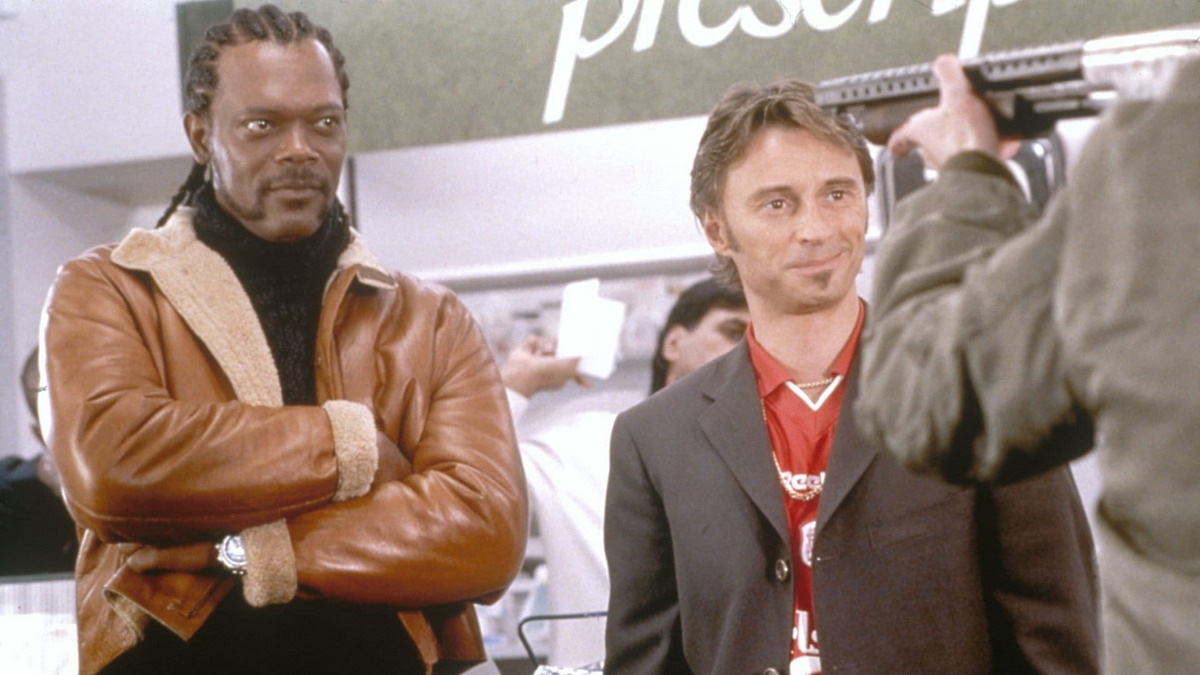
An American chemist (Samuel L. Jackson) travels to Liverpool to sell a new drug’s formula to gangsters.
Although derided upon its release, The 51st State is a goofy gangster yarn that makes for hilarious entertainment, recommendable to Guy Ritchie and Tarantino fans. It is populated by a repertory of quirky characters: badass, kilt and tam o’shanter-clad, African American Elmo McElroy, Emily Mortimer playing an icy-cool assassin, Meat Loaf as a facially disfigured, hot-headed drug baron, Ricky Tomlinson styling a hapless Scouse mob boss, Rhys Ifans as eccentric club owner Iki.
Although every character has their own style of comedy, the highpoint is the car chase repartee between Jackson and Trainspotting’s (1996) Robert Carlyle, where American and English culture butt heads. For instance, Jackson questions Carlyle about the various uses of the word “bollocks,” with Carlyle explaining “dog’s bollocks” is positive, whilst singular “bollocks” is negative. In addition, director Ronny Yu brings stylistic panache to the mise-en-scène, such as his choice of low,
Dutch angles, reminiscent of Fear and Loathing in Las Vegas (1998). The aesthetic, electronic score and heart-pounding pace is emblematic of the Y2K rave culture The 51st State depicts.